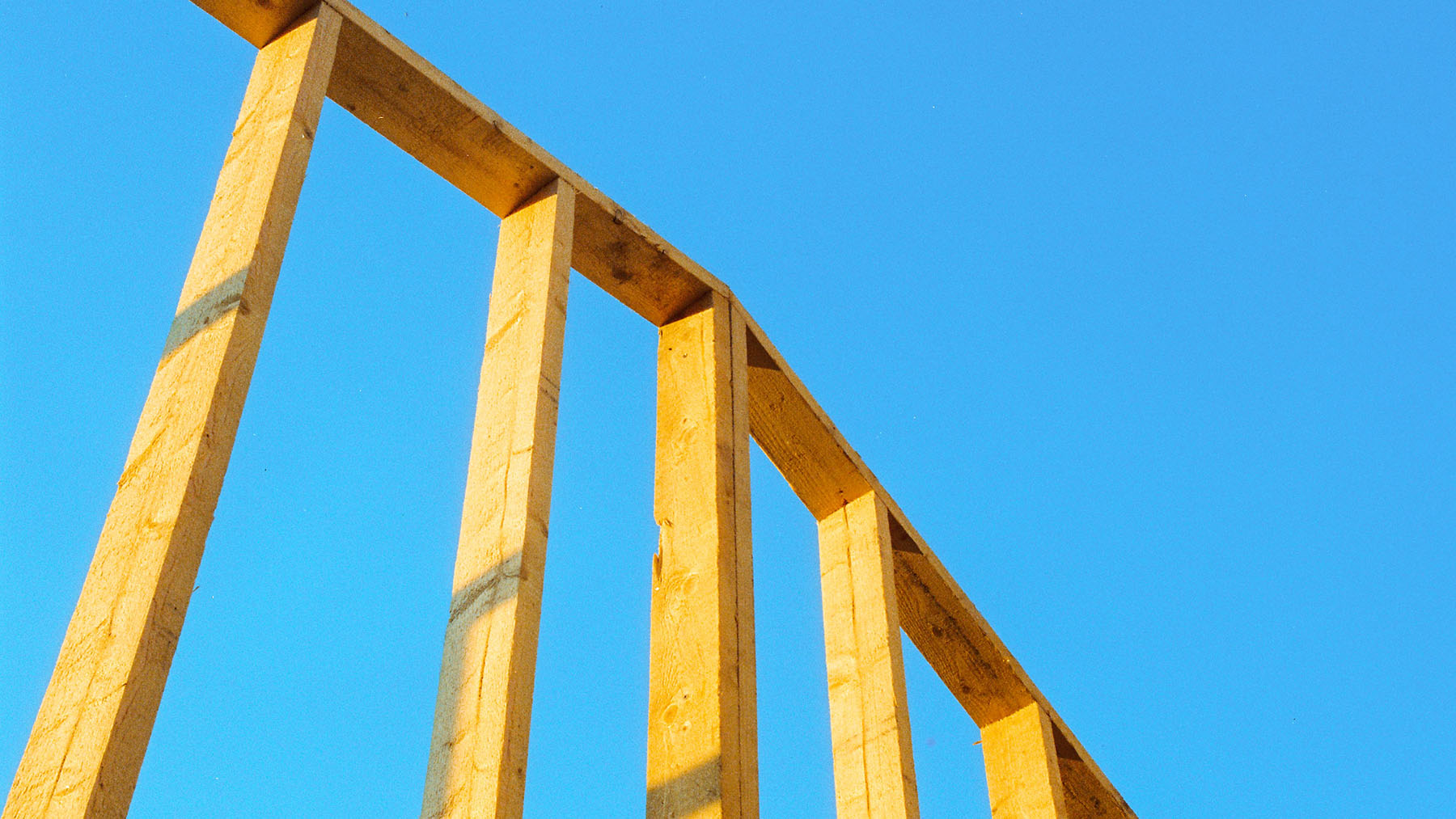The heat, smoke and devastation associated with the 2021 wildfire season will be fresh in your clients’ minds as they make plans for home construction, renovations, and landscaping.
A new, user-friendly wildfire resilience checklist is available from FireSmart™ Canada to help you integrate simple wildfire resilient design principles and ignition-resistant materials into your construction, renovation, and landscaping projects.
Many of the checklist’s wildfire-resilient upgrades can be delivered at low to no additional cost.
The boost to your professional reputation and the added peace of mind for your clients, however, is priceless.
Thinking ahead is always the most efficient way to reduce the risks posed by wildfire, but the best time to protect a structure is in advance of construction, renovation, or landscaping.
While many FireSmart practices address regular maintenance such as keeping things that can burn away from homes and workplaces, the survivability of a property has more to do with appropriate materials than anything else. The sooner safety considerations are considered, the easier it is to incorporate suitable building designs, construction materials, and landscaping techniques that make the finished product highly resistant to ignition.
This is why the Wildfire-Resilience Best-Practice Checklist for Home Construction, Renovation, and Landscaping was created. Intended for everyone from developers and professional builders to DIY renovators and landscapers, this potentially life-saving resource makes it easier to build wildfire resistance into any construction project. Following the checklist also makes it easier to come up with designs that increase resilience without sacrificing comfort or practicality.
Sound advice from trusted sources
The checklist represents a comprehensive approach distilled from the combined experience and expertise of private industry, homeowners, and scientists. To produce the checklist, FireSmart Canada partnered with the Canadian Home Builders Association, the University of Alberta, and the Intact Centre on Climate Adaptation at the University of Waterloo.
The result of this collaboration is an easy-to-use collection of accepted standards, practices, guidelines, and priorities, organized as a step-by-step checklist that identifies potential hazards, grouped by building elements. Some recommendations in the checklist are common sense while others represent the latest research, and together they represent time-tested tricks of the trade and innovative solutions targeting the most vulnerable building elements of homes in the wildland urban interface.
“Home builders, renovators and landscapers are trusted by the public to help them create homes that are safe, beautiful and built to last,” says Cheryl Evans, director of flood and wildfire resilience with the Intact Centre on Climate Adaptation at the University of Waterloo.
“This user-friendly checklist that makes it easy for professionals to work with their clients to identify practical and cost-effective ways to integrate wildfire resilience into all of their projects. The Intact Centre on Climate Adaptation is pleased to support the development and use of this resource to improve wildfire resilience in communities across Canada.”
The checklist is divided into two categories: home or property-level considerations; and those applying to the lot on which a structure sits. The home and property-level guidance focuses on roofing, gutters, vents, cladding, openings such as doors and windows, and attachments such as balconies and decks, while the lot-level guidance focuses on landscaping aspects such as choosing the right trees and plants and placing them in manner that keeps flammable vegetation away from the structure. While the checklist is not intended to endorse products or companies, it contains appendices with examples of non-flammable, low-ignition and fire-resistant materials and plants to use, and explains how to maximize their effectiveness.
“The simplicity of the checklist makes it a versatile and effective tool for builders, renovators and landscapers,” says Frank Lohmann, director of building science with the Canadian Home Builders Association.
The business case for built-in wildfire resilience
There is no way to eliminate wildfire risks in the wildland urban interface. However, when combined with other FireSmart practices such as regular inspections, yard maintenance, and community involvement, following the checklist and being prepared can markedly improve a home’s chances of survival during wildfire, even in extreme circumstances.
The checklist provides homeowners with an easy-to-follow tool to increase the wildfire resilience of their homes during small renovations. If renovators use the checklist early in the planning and design process of larger projects, a more substantial risk reduction can be achieved. Applying the guidance in the list and its appendices can also result in time- and money-savings, for example, by avoiding supply problems for specific products and components. All these benefits can be maximized where the list is applied to new builds or entire developments.
All the practices and recommendations in the checklist are designed to apply the most recent guidance from the National Research Council of Canada, but since building codes vary from one jurisdiction to another, it is possible that technical conflicts could arise. Accordingly, the document provides contacts and highlights other resources to help identify designs that reconcile resilience with factors such as energy efficiency. The checklist also encourages users to share feedback to ensure it is as accurate, comprehensive, and user-friendly as possible.
Related resources:
FireSmart BC Homeowners Manual
